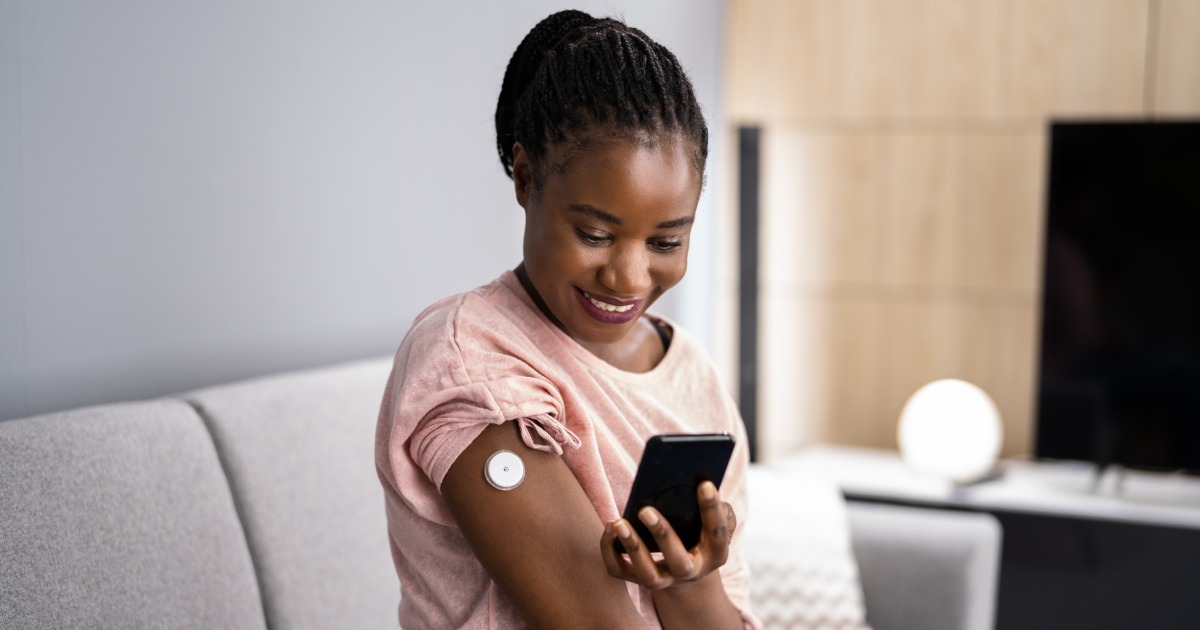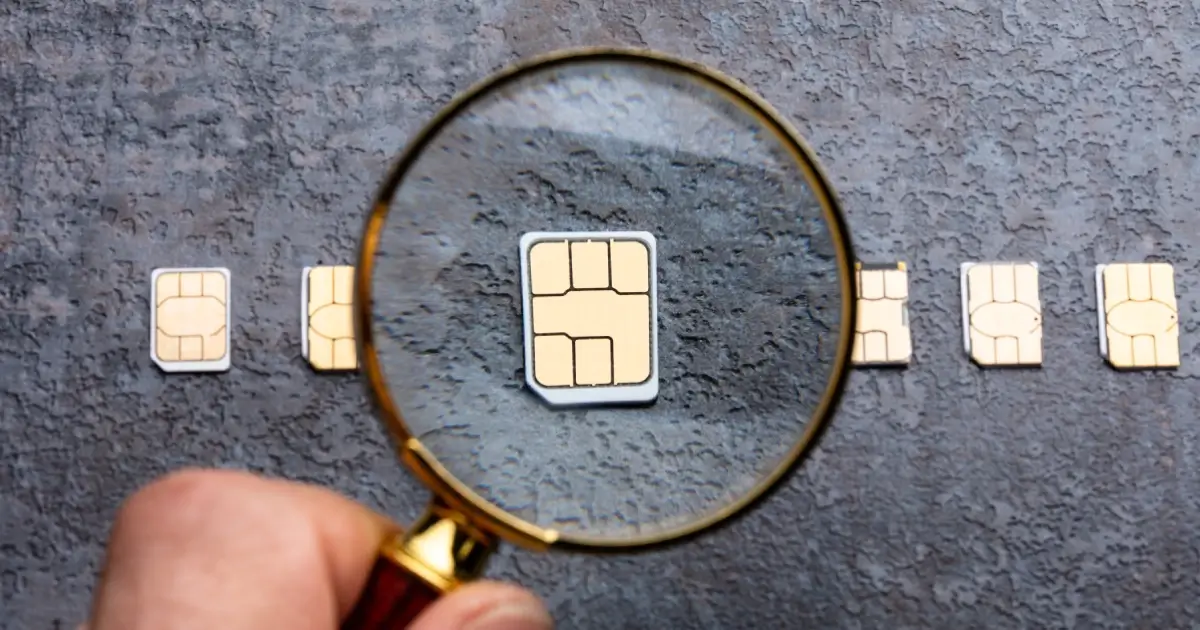Recent advancements in technology have made the healthcare industry more patient-forward. The emergence of remote patient monitoring devices is one such example.
Remote patient monitoring (RPM) allows providers to monitor and manage patients from remote locations, without having to visit hospitals or clinics.
In this blog post, we will provide you with an ultimate guide to remote patient monitoring devices.
What are Remote Patient Monitoring Devices in Healthcare?
Remote patient monitoring devices are both wearable and non-wearable medical devices used to track and monitor the health of patients who aren’t physically present in a medical facility. These devices collect and transmit data to healthcare providers in real time, which enables them to provide timely interventions and necessary care.
How do Remote Patient Monitoring Devices Work?
Remote patient monitoring devices collect data on vital signs such as heart rate, blood pressure, oxygen levels, and glucose levels. This data is then transmitted to healthcare providers using wireless technology such as Bluetooth, Wi-Fi, or cellular networks. The healthcare providers can then use this data to monitor the patient’s health and make necessary interventions.
How does RPM help patients?
Remote patient monitoring devices help patients by providing continuous monitoring of their health, which enables early detection and timely intervention in case of any health issues. This improves patient outcomes, reduces hospital readmissions, and lowers healthcare costs.
RPM also allows for fewer in-person doctor or hospital visits. For immunocompromised patients, that can be not only time-saving, but life-saving as well.
RPM also enables patients to be more engaged in their own care. It provides them with greater convenience and flexibility.
How Accurate is Remote Patient Monitoring?
Remote patient monitoring devices have been proven to be highly accurate in collecting data on vital signs such as heart rate, blood pressure, and glucose levels. However, the accuracy of these devices may vary depending on factors such as the type of device, the patient population, and the environment in which they are used.
It is essential to ensure that the devices are tested and validated for accuracy before they are used for remote patient monitoring. It is also essential that the patient be educated on the proper usage of the device.
What is the Most Popular Remote Patient Monitoring?
The most popular remote patient monitoring device is a wearable smartwatch or fitness tracker that collects data on vital signs such as heart rate, blood pressure, and ECG readings. These devices are easy to use, non-invasive, and provide accurate data, making them an ideal choice for remote patient monitoring.
How do you Build A Remote Patient Monitoring System?
To build a remote patient monitoring system, you will need a combination of hardware and software solutions. The hardware components include medical devices such as sensors, wearables, and monitoring equipment. The software components include patient portals, data analytics tools, and telemedicine platforms.
To build a remote patient monitoring system that is FDA and HIPAA-compliant, you must partner with a trustworthy provider. At NUU Enterprise, we pride ourselves on being FDA certified on select devices and aligning with HIPAA compliance needs. A variety of healthcare providers trust us to create customized, complex products and supply affordable, ready-made devices. Your organization has enough to manage, let us worry about:
- Provisioning devices to run your applications
- Assisting with 3PL services
- Setting up MDM software
- Modifications to meet your exact needs
- White-labeling
We handle everything else, so you can focus on what really matters – your patients.
RPMs can Transform Healthcare
Patient remote monitoring devices are transforming the way healthcare is delivered, providing patients with greater convenience, flexibility, and improved outcomes. By collecting and transmitting data in real time, these devices enable healthcare providers to monitor patients’ health, make timely interventions, and reduce healthcare costs.
At NUU Enterprise, we are committed to providing affordable ready-made or customized devices used in remote health monitoring systems that are FDA-certified and HIPAA-compliant. If you are interested in implementing a remote patient monitoring system, contact NUU Enterprise today. We’ll help you get started.



